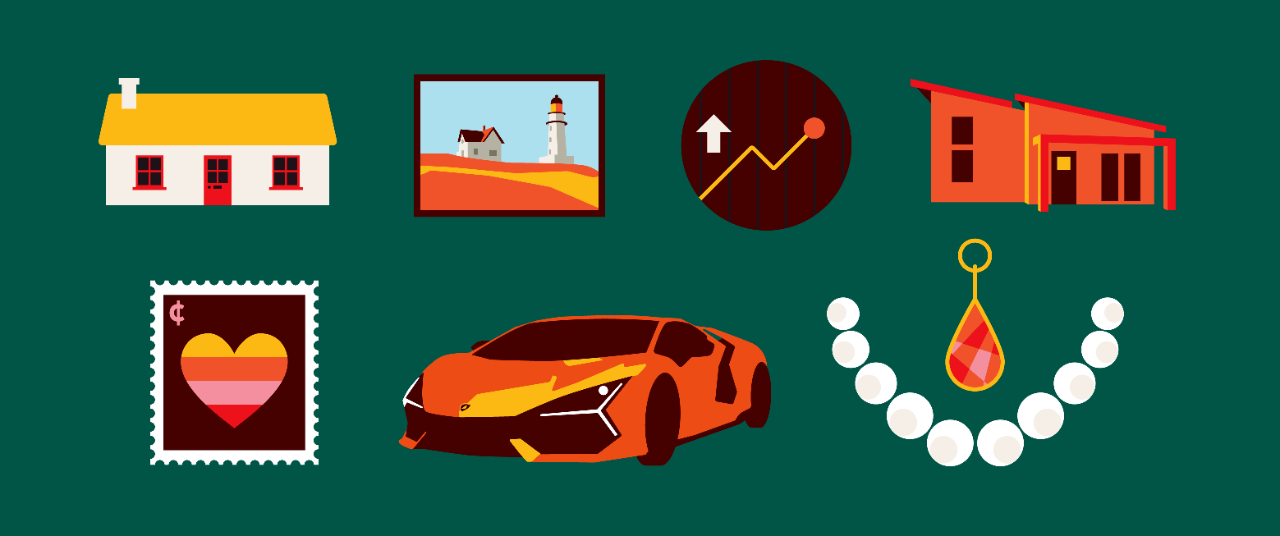Key takeaways:
“Capital gains” is a term used to refer to the profits from the sale of capital assets, which are generally properties or investments. A capital gain occurs when you sell an asset for more than you paid for it. If you bought stock for $1,000 and sold it for $1,500, you’d have a capital gain of $500 (minus any expenses incurred).
Unsold capital assets are considered “unrealized” capital gains, and it's only after the sale that they become “realized” and therefore subject to capital gains tax.
Similarly, when you sell investments like stocks (or mutual funds or ETFs), the profit you make after expenses is considered your capital gain, and is subject to the capital gains tax.
Capital gains taxes are aimed at investments, which is why your primary residence is exempt even though it may increase in value. But profit from the sale of investment or vacation properties and land is subject to the capital gains tax.
Although property and investments are the most common capital assets, other less obvious assets may trigger the capital gains tax. Valuables like artwork, jewelry and collectibles may also be subject to this tax — if you make more than $1,000 in profit.

In Canada, capital gains are taxable. The capital gains tax is the tax you pay on the profit you make from the sale of a capital asset. If you sell your vacation property, the profit you make will be subject to the capital gains tax.
If you sell a capital asset for less than you paid for it, you have a capital loss. You can claim this loss on your taxes.
The inclusion rate is the share of your capital gains that are included in calculating your income for tax purposes — and therefore taxable.
The capital gains inclusion rate is one-half (50%) for corporations and trusts, as well as for individuals with capital gains of more than $250,000.
There is no standard capital gains tax rate. Instead, the amount of tax you’ll pay depends on your income and, therefore, your tax bracket – the more you earn, the higher your tax bracket.
Let’s take a look at how to calculate your capital gains (and losses).
There are three figures you’ll need to calculate your gains or losses.
- Adjusted cost base (ACB): This number is the cost incurred in buying the asset. It’s the price you paid, plus any fees, such as for lawyer fees or commissions. In real estate, closing costs are part of the ACB.
- Outlays and expenses: These are costs associated with selling the asset and could include renovations, transfer taxes and legal fees.
- Proceeds of disposition: This is the amount received from the sale of the asset. This is the formal way of saying profit. It’s the value of your asset at the time you sold, minus the ACB and any outlays and expenses.
If you’re unsure about your calculations, you can check the Canada Revenue Agency (CRA) website for details.
All Canadians are subject to the capital gains tax (or loss) when they sell a capital asset. Those who realize a capital gain of more than $250,000 are subject to a 50% inclusion rate. So, how do you minimize your capital gains tax bill — or avoid one all together?
Put your investments in a registered account
Registered investment accounts — like registered retirement savings plans (RRSPs), tax-free savings accounts (TFSAs), registered education savings plans (RESPs) or first home savings accounts (FHSAs) — are tax- sheltered, which means that any dividends or compound interest earned is tax-free. Funds withdrawn from a TSFA are also tax-free. For RRSPs and RESPs, tax is taken when you make a withdrawal, but at a lower tax rate.
Use your registered accounts to reduce your overall tax bill
The taxable portion of your capital gains is treated like income, and the higher your income, the higher your taxes. If you have contribution room left in your RRSP, you may be able to deposit some of your capital gains proceeds. This way, you reduce your taxable income.
Offset your capital gains with capital losses
When you sell a capital asset for less than you bought it for, you have a capital loss. You can use these to offset your gains and reduce your tax bill by claiming them as a credit. Capital losses don’t expire — you can claim them indefinitely into the future, or use them to offset gains in the previous three years.
Use your principal residence exemption
Your principal residence is exempt from the capital gains tax.
To claim this exemption, make sure:
- You own the home, alone or jointly
- You've designated the property as your principal residence with the CRA
- You (and/or your spouse, common-law partner or kids) inhabit the home
- You haven’t claimed any other property as your principal residence
When you pass away, there are processes that automatically begin in order to finalize your estate. Two items that will be impacted are investments and properties that you may hold, which may be subject to capital gains tax. To ensure a smooth transfer of your assets to your heirs, you should have a will in place.
Save 20% on your legal will with Willful*
Estate planning can be daunting. 43% of Canadians polled by Scotiabank revealed they don’t have a will. Willful takes estate planning from daunting to done by making it easy, accessible, and affordable on its secure online platform.
Create your last will and testament and power of attorney documents in as little as 20 minutes, with plans starting at just $99.
Scotiabank clients save 20% on any Willful plan.*

The bottom line
A Scotiabank advisor can work with you to create a customized financial plan complete with recommendations that include registered investment accounts that are tax-sheltered. For specific tax advice, you should speak with a tax professional to ensure your individual circumstances are taken into consideration and appropriately planned for.


